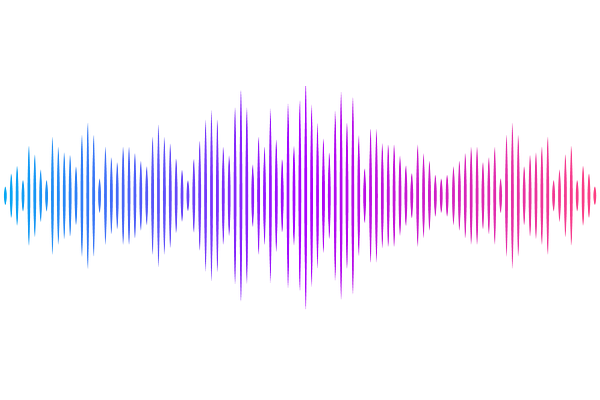Evolution of Insulin, Insulin-like Growth Factor, and Their Cognate Receptors in Vertebrates, Invertebrates, and Viruses

Evolution of Insulin, Insulin-like Growth Factor, and Their Cognate Receptors in Vertebrates, Invertebrates, and Viruses
Chrudinova, M.; DaCosta, J. M.; Dogru, D.; Huang, R.; Reiners, R.; De Meyts, P.; ALTINDIS, E.
AbstractThe insulin and insulin-like growth factor (IGF) system regulates essential biological functions such as growth, metabolism, and development. While its physiological roles are well characterized, the evolutionary origins and molecular diversification of its ligands and receptors remain incompletely defined. Here, we present the most comprehensive phylogenetic and sequence conservation analysis of this system to date, using over 1,000 sequences from vertebrates, invertebrates, and viruses. Our analyses reveal that insulin, IGF-1, and IGF-2 form distinct monophyletic clades that diverged after the emergence of vertebrates, with IGF-1 being the most conserved ligand. We show that IGF1R binding residues, especially in the A and B domains of IGF1, are highly conserved across vertebrates, while insulin Site 2 residues, which overlap with its dimerization and hexamerization surface, are more variable correlating with the loss of hexamer formation in hystricomorphs, reptiles, and jawless fish. Unexpectedly, we identify a 12 amino acid insert in the insulin receptor (IR) of turtles and tortoises, previously thought to be unique to mammalian IR-B isoform, suggesting an earlier evolutionary origin of isoform diversity. We also show that marsupials and monotremes retain ancestral receptor domain features shared with reptiles and birds, and that avian insulins, particularly A-chain residues, are unusually conserved. Viral insulin/IGF-like peptides (VILPs) fall into two distinct clades that resemble either IGFs or insulin. Together, these findings illuminate the evolutionary architecture of the insulin/IGF system, highlight unexpected lineage-specific adaptations, and provide a framework for understanding hormone-receptor function across biology and therapeutic design.